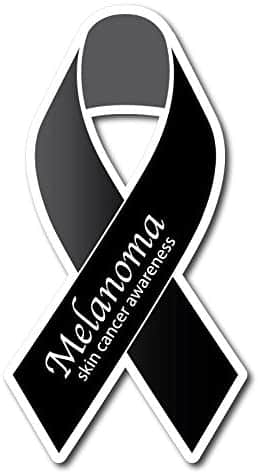May is Melanoma and Skin Cancer Awareness Month
Non-melanoma skin cancer:
Non-melanoma skin cancer is a very common cancer in the United States, with more than 5 million people diagnosed each year. Basal cell carcinoma and squamous cell carcinoma, which are non-melanoma skin cancers, are the most common types of skin cancer. Non-melanoma skin cancers rarely spread to other parts of the body.
Melanoma:
Melanoma mis an aggressive form of skin cancer. It is more likely to invade nearby tissues and spread to other parts of the body than the more common forms of skin cancer.

